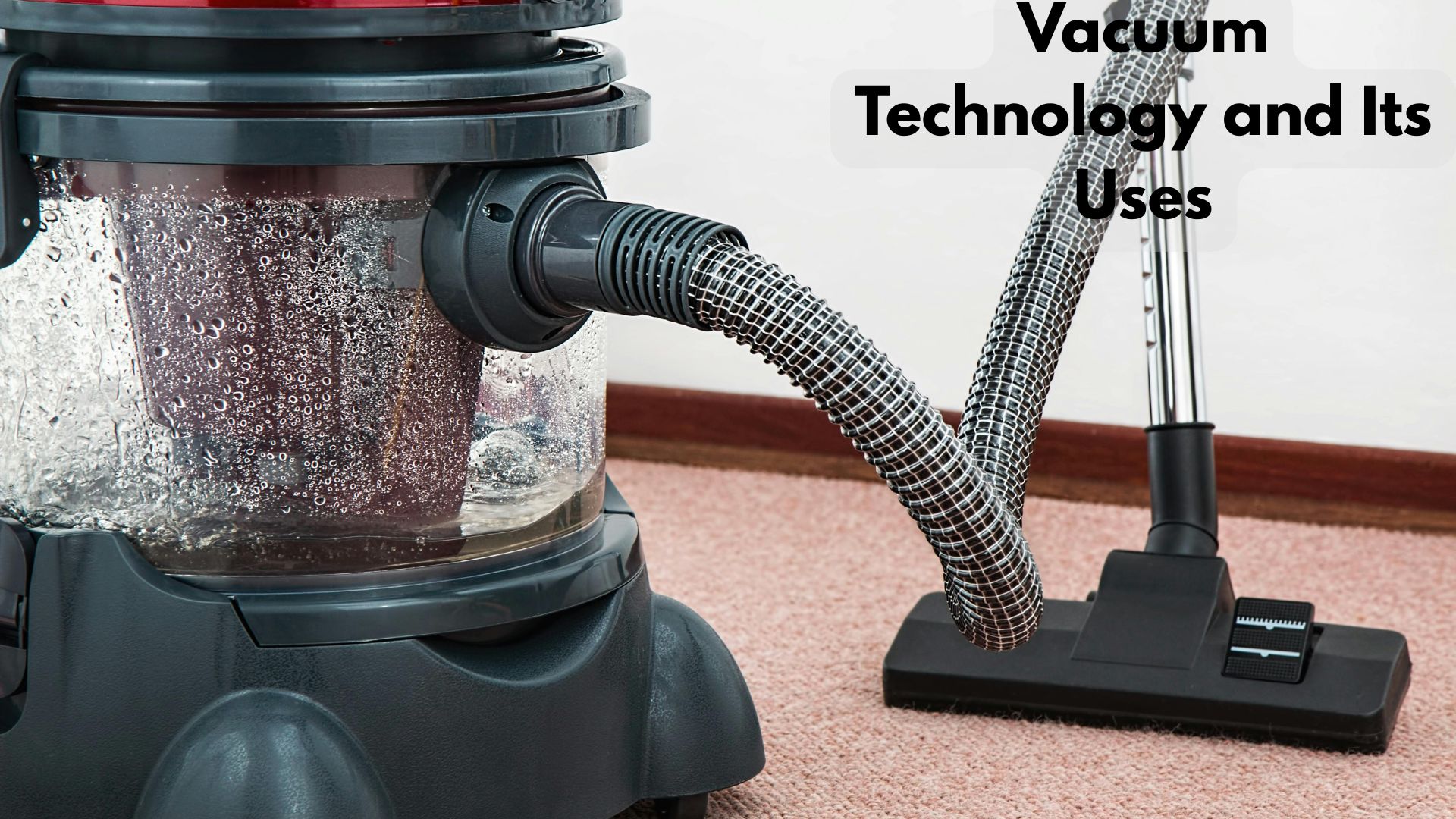Vacuum technology is a cornerstone of modern science and industry, enabling processes that require environments devoid of matter. From manufacturing semiconductors to preserving food, vacuum systems play a pivotal role across various sectors. This guide offers a detailed overview of vacuum technology, its principles, and its diverse applications, tailored for beginners seeking to understand this essential field.
What Is Vacuum Technology?
Vacuum technology encompasses the methods and equipment used to create and maintain a vacuum—a space with pressure below atmospheric levels. By reducing the number of gas molecules in a given volume, vacuum systems facilitate processes that would be hindered by the presence of air or other gases.
Vacuum Pressure Ranges
Understanding the different vacuum levels is crucial for selecting appropriate equipment and processes:
| Vacuum Level | Pressure Range (Pa) | Typical Applications |
|---|---|---|
| Low Vacuum | 3×10² to 1×10⁵ | Vacuum packaging, degassing |
| Medium Vacuum | 1×10⁻¹ to 3×10² | Freeze drying, vacuum drying |
| High Vacuum | 1×10⁻⁷ to 1×10⁻¹ | Electron microscopy, vacuum coating |
| Ultra-High Vacuum (UHV) | <1×10⁻⁷ | Semiconductor fabrication, surface science research |
| Extremely High Vacuum | <1×10⁻¹⁰ | Particle accelerators, space simulation |
Source: Pfeiffer Vacuum Fundamentals
Core Components of Vacuum Systems
A typical vacuum system comprises several key components:
-
Vacuum Pumps: Devices that remove gas molecules from a sealed volume to create a vacuum. Types include rotary vane, diaphragm, turbomolecular, and cryogenic pumps.
-
Vacuum Chambers: Enclosures where the vacuum is maintained for processing or experimentation.
-
Vacuum Gauges: Instruments that measure the pressure within the vacuum system, ensuring optimal operating conditions.
-
Seals and Valves: Components that maintain the integrity of the vacuum by preventing leaks and controlling gas flow.
Applications of Vacuum Technology
Vacuum technology’s versatility allows its integration into numerous industries: Key of Tech+2Gizmo Cleaning+2Cryospain+2
1. Semiconductor and Electronics Manufacturing
Vacuum environments are essential for processes like:
-
Physical Vapor Deposition (PVD) and Chemical Vapor Deposition (CVD): Techniques for applying thin films to substrates, crucial for semiconductor devices.
-
Etching and Lithography: Processes that define micro-scale patterns on semiconductor wafers.
Source: Agilent Vacuum Solutions
2. Food Processing and Preservation
Vacuum technology enhances food shelf life and quality through:Wikipedia
-
Vacuum Packaging: Removing air from packaging to inhibit microbial growth and oxidation.Wikipedia
-
Freeze Drying: Dehydrating food by sublimating ice under vacuum, preserving nutritional content and flavor.
Source: Wikipedia – Vacuum Packing
3. Pharmaceutical and Chemical Industries
Vacuum systems facilitate:Open Education at U of M+1Croll Reynolds+1
-
Vacuum Drying: Removing solvents from heat-sensitive materials without decomposition.
-
Vacuum Distillation: Separating compounds at lower temperatures, preserving their integrity.Croll Reynolds
Source: Wikipedia – Vacuum Drying
4. Metallurgy and Material Science
Applications include:Najah University Staff+3Gizmo Cleaning+3Vacuum Filtrations+3
-
Vacuum Melting and Casting: Producing high-purity metals and alloys by preventing contamination from atmospheric gases.
-
Vacuum Heat Treatment: Enhancing material properties like hardness and strength without oxidation.
Source: Wikipedia – Vacuum Furnace
5. Aerospace and Space Exploration
Vacuum chambers simulate space conditions for:
-
Testing Satellite Components: Ensuring functionality in the vacuum of space.
-
Space Simulation: Studying material behavior and equipment performance in extraterrestrial environments.Croll Reynolds
Source: Agilent Vacuum Solutions
6. Medical and Laboratory Research
Vacuum technology supports:Milne Publishing+2Agilent+2Gizmo Cleaning+2
-
Mass Spectrometry: Analyzing chemical compositions by measuring mass-to-charge ratios.
-
Electron Microscopy: Providing high-resolution imaging of biological and material samples.
Source: Agilent Vacuum Solutions
Everyday Applications of Vacuum Technology
Beyond industrial uses, vacuum technology impacts daily life:Wikipedia+1Gizmo Cleaning+1
-
Vacuum Cleaners: Utilize suction to remove dust and debris from surfaces.Gizmo Cleaning
-
Thermos Flasks: Employ vacuum insulation to maintain beverage temperatures.
-
Vacuum-Sealed Containers: Extend the freshness of perishable goods by limiting exposure to air.Wikipedia
Advantages of Vacuum Technology
-
Enhanced Product Quality: Processes conducted under vacuum often yield higher purity and consistency.
-
Energy Efficiency: Lower processing temperatures reduce energy consumption.
-
Extended Shelf Life: Vacuum packaging slows spoilage and degradation.
-
Environmental Benefits: Reduced need for chemical preservatives and minimized emissions.
Future Trends in Vacuum Technology
Advancements are steering vacuum technology towards:
-
Integration with Automation: Smart vacuum systems that adjust parameters in real-time for optimal performance.
-
Miniaturization: Developing compact vacuum components for portable and space-constrained applications.
-
Sustainable Practices: Designing energy-efficient systems with eco-friendly materials.
Source: Newji – Vacuum Technology Innovations
Recommended Resources
-
Britannica – Vacuum Technology Overview: LinkEncyclopedia Britannica
-
Agilent Vacuum Solutions: Linkpvcp+2Agilent+2wired.com+2
-
Open Textbook Library – Introduction to Vacuum Technology: LinkOpen Education at U of M
Vacuum technology is integral to numerous facets of modern life, from the devices we use daily to the cutting-edge research shaping our future. As industries continue to evolve, the role of vacuum systems will undoubtedly expand, underscoring the importance of understanding this vital technology.
